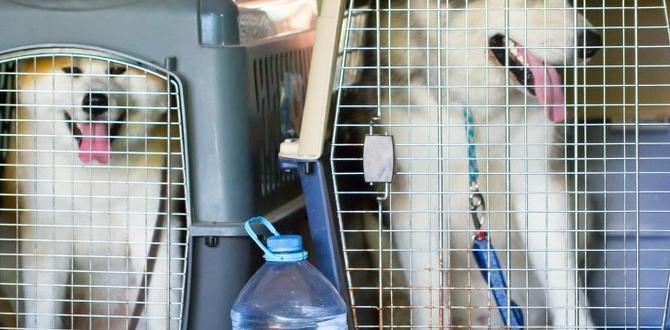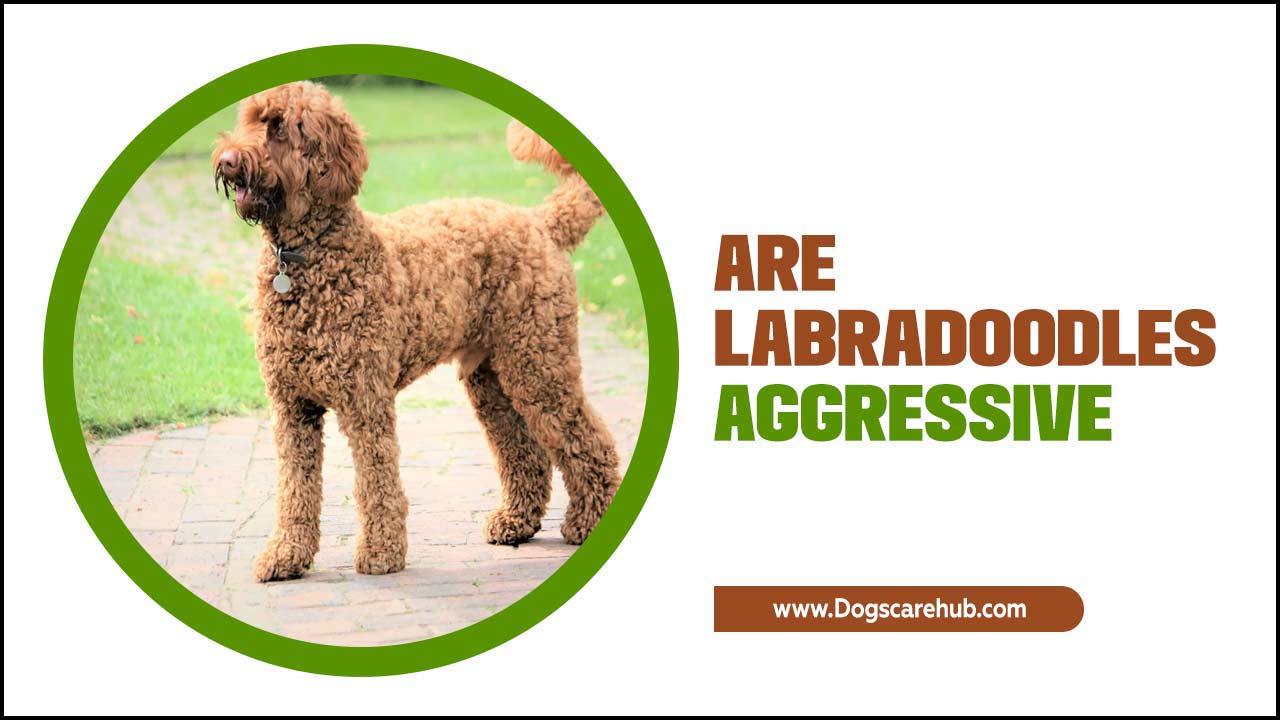Understanding and Managing Dog Urine Marking
Dog marking territory fast is a common canine behavior that can leave pet owners puzzled, frustrated, and even a little embarrassed. While it might seem sudden, urine marking is a complex form of communication for dogs, driven by instinct and a variety of triggers. Understanding the “why” behind this behavior is the first crucial step towards managing it effectively. This article will dive deep into the reasons behind dog urine marking and provide expert, actionable tips to help you curb this instinctual urge in your furry companion.

Why Do Dogs Mark Their Territory?
At its core, urine marking is a form of scent communication. Dogs have an incredible sense of smell, and their urine contains pheromones and other chemical signals that convey a wealth of information to other dogs. This information can include their sex, reproductive status, age, health, and even their emotional state.
Several factors can influence the frequency and intensity of dog marking:
Social Hierarchy and Competition: Within packs, both wild and domestic, marking can be a way for dogs to establish dominance or signal their presence to rivals. A new dog entering the home or neighborhood can trigger increased marking as existing dogs assert their position.
Sexual Maturity: Unneutered male dogs are the most frequent markers, particularly as they reach sexual maturity. The strong urge to find a mate and communicate their availability drives this behavior. While less common, unspayed females also mark, especially when in heat.
Anxiety and Stress: Sudden changes in the environment, such as moving to a new home, the arrival of a new pet or baby, or even a shift in the owner’s routine, can cause stress and anxiety. Dogs may resort to marking as a self-soothing mechanism or to re-establish a sense of familiarity and control in their space.
Excitement and Greetings: Sometimes, dogs mark when they are overly excited, particularly during greetings. This is often referred to as “submissive urination” or “excitement urination,” and it’s important to distinguish this from true territorial marking.
Medical Issues: While less frequent, certain medical conditions, such as urinary tract infections or diabetes, can lead to increased urination and potentially marking behavior. If you suspect a medical cause, a veterinary visit is essential.
Expert Strategies for Managing Dog Marking Territory Fast
Once you understand the underlying causes, you can implement strategies to help manage and reduce this behavior. The key is a multi-pronged approach that addresses the root cause and redirects the dog’s natural instincts.
1. Veterinary Consultation and Neutering/Spaying
If your dog is exhibiting sudden changes in marking behavior, the first step should always be a consultation with your veterinarian. They can rule out any underlying medical conditions that might be contributing to the problem.
For intact dogs, especially males, neutering or spaying can significantly reduce marking behavior. This is because it diminishes the hormonal drive associated with reproductive urges. Studies have shown that in many cases, neutering leads to a substantial decrease or complete cessation of marking. While it may not eliminate the behavior entirely, it removes a primary hormonal motivation.
2. Creating a Clean and Neutralized Environment
Dogs are drawn to urine scent, so thorough cleaning is paramount. Standard household cleaners are often insufficient to break down the odor completely. Invest in an enzymatic cleaner specifically designed for pet stains. These cleaners contain enzymes that break down the organic molecules in urine, effectively eliminating the scent and discouraging your dog from remarking the spot.
Identify Marking Spots: Pay close attention to where your dog is marking. Are they consistently choosing vertical surfaces like furniture legs or walls?
Clean Thoroughly: Apply the enzymatic cleaner liberally to the affected areas, following the product’s instructions. You may need to repeat the cleaning process several times.
Prevent Re-Marking: While cleaning, consider temporarily blocking access to frequently marked areas or covering them with something unappealing to your dog, such as aluminum foil or double-sided tape.
3. Addressing Anxiety and Stress Triggers
If you suspect anxiety is driving the marking, identifying and mitigating the triggers is crucial.
Routine and Predictability: Maintain a consistent daily routine for feeding, walks, and playtime. This can provide a sense of security for anxious dogs.
Positive Reinforcement: Focus on positive reinforcement training methods. Reward calm behavior and discourage anxious responses with calm, reassuring attention.
Desensitization and Counter-Conditioning: For specific triggers (e.g., new people or pets), work on gradual exposure and associating the trigger with positive experiences.
Calming Aids: Consider using calming pheromone diffusers, vests, or supplements. Always consult your veterinarian before administering any supplements.
Increased Exercise and Mental Stimulation: A tired dog is a well-behaved dog. Ensure your dog is getting enough physical exercise and mental stimulation through puzzles, training games, and interactive toys.
4. Effective Training and Management Techniques
Supervision is Key: When you cannot directly supervise your dog, confine them to a safe, dog-proofed area such as a crate or a designated room. This prevents opportunities for marking.
Interrupt and Redirect: If you catch your dog in the act of marking, interrupt them with a calm, sharp sound (e.g., a clap) and immediately redirect them to an appropriate activity or to go outside to eliminate.
Reward Appropriate Elimination: Lavishly praise and reward your dog when they eliminate in the designated potty area, especially after an incident of marking.
“Leave It” and “Come” Commands: Reinforcing basic obedience commands can be incredibly helpful for managing your dog’s impulses and redirecting their attention.
5. Managing Outdoor Marking
Outdoor marking is a natural behavior for dogs, and it’s much harder to completely eliminate. The focus here is on management rather than eradication.
Leash Control: Keep your dog on a leash during walks so you can have better control over where they mark.
Limit Exposure to Strong Scents: If particular areas or other dogs’ scent markings are triggering your dog excessively, try to steer them away.
“Potty Breaks” vs. “Sniff Breaks”: Differentiate between a quick potty break and a longer sniff-and-explore walk. If you’re trying to limit marking, prioritize focused potty breaks.
Patience and Consistency are Paramount
Managing dog marking territory fast is rarely an overnight fix. It requires patience, understanding, and unwavering consistency on your part. By addressing the underlying causes, implementing diligent cleaning practices, and employing positive training methods, you can significantly reduce and manage this instinctual behavior, fostering a more harmonious living environment for both you and your beloved canine companion. Remember, your dog is communicating; learning to understand and respond appropriately is the foundation of a strong bond.
Meet Elyse Colburn, the devoted canine companion and storyteller behind the enchanting world of “Tales, Tails, and Adventures Unleashed.” A passionate dog enthusiast with a heart full of paw prints, Elyse Colburn shares heartwarming tales and insightful adventures, celebrating the joy, loyalty, and endless antics that make every dog a true hero. Join Elyse Colburn on this tail-wagging journey, where every post is a love letter to our four-legged friends.




